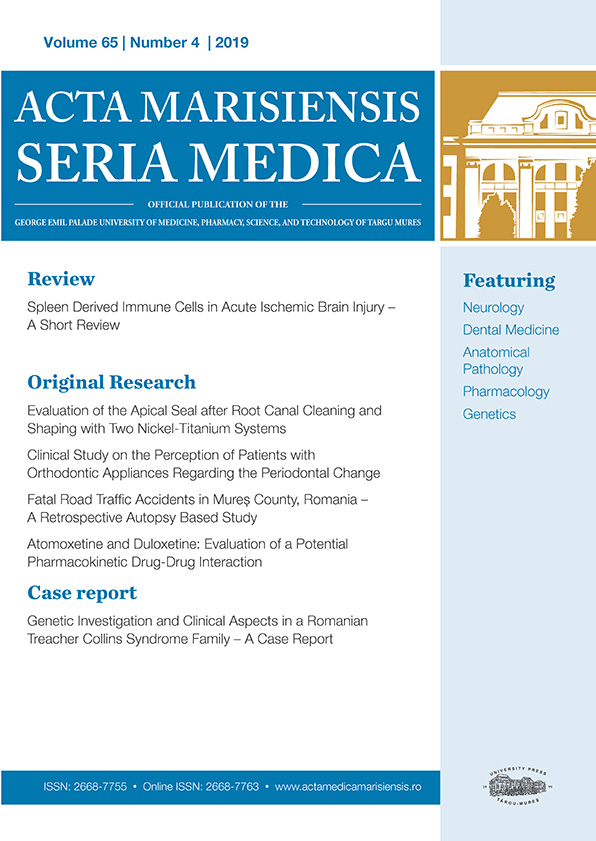Iron metabolism and metabolic dysfunction-associated fatty liver disease
Abstract
Objective: The primary objective of this study was to investigate the association between biomarkers of iron metabolism and metabolic dysfunction-associated fatty liver disease in individuals with type 2 diabetes and non-diabetic individuals compared to a control group. We also examined the possible association between estimated liver fibrosis and serum ferritin levels in all three groups.
Methods: We conducted a descriptive, cross-sectional, comparative study involving subjects diagnosed with diabetes and/or metabolic dysfunction-associated fatty liver disease from an outpatient diabetology clinic and two general practices in Târgu Mureș. The patient population was divided into 3 groups: first group including diabetic patients suffering from fatty liver disease, second group including patients without fatty liver disease and third group with non-diabetic patients suffering from fatty liver disease. We compared the three groups based on specific laboratory tests.
Results: Patients with fatty liver disease had significantly higher ferritin and transferrin saturation levels than non-fatty liver disease sufferers (p<0.05). Transferrin saturation of the first group was significantly (p<0.05) higher compared to the non-diabetic fatty liver disease group. Ferritin correlated well with Fibrosis-4 index level (τ= 0.193, p<0.01) considering the whole sample and especially in the first group.
Conclusions: In our study, there was a clear association between higher ferritin levels and the presence of metabolic dysfunction-associated fatty liver disease. The higher transferrin saturation observed in diabetic patients suffering from metabolic dysfunction-associated fatty liver disease may indicate the possible etiological significance of iron overload. Higher ferritin levels in diabetes increase the risk of liver fibrosis.
Copyright (c) 2023 Zoltán-Zsombor Élthes, Monica Iudita Maria Szabó

This work is licensed under a Creative Commons Attribution 4.0 International License.









